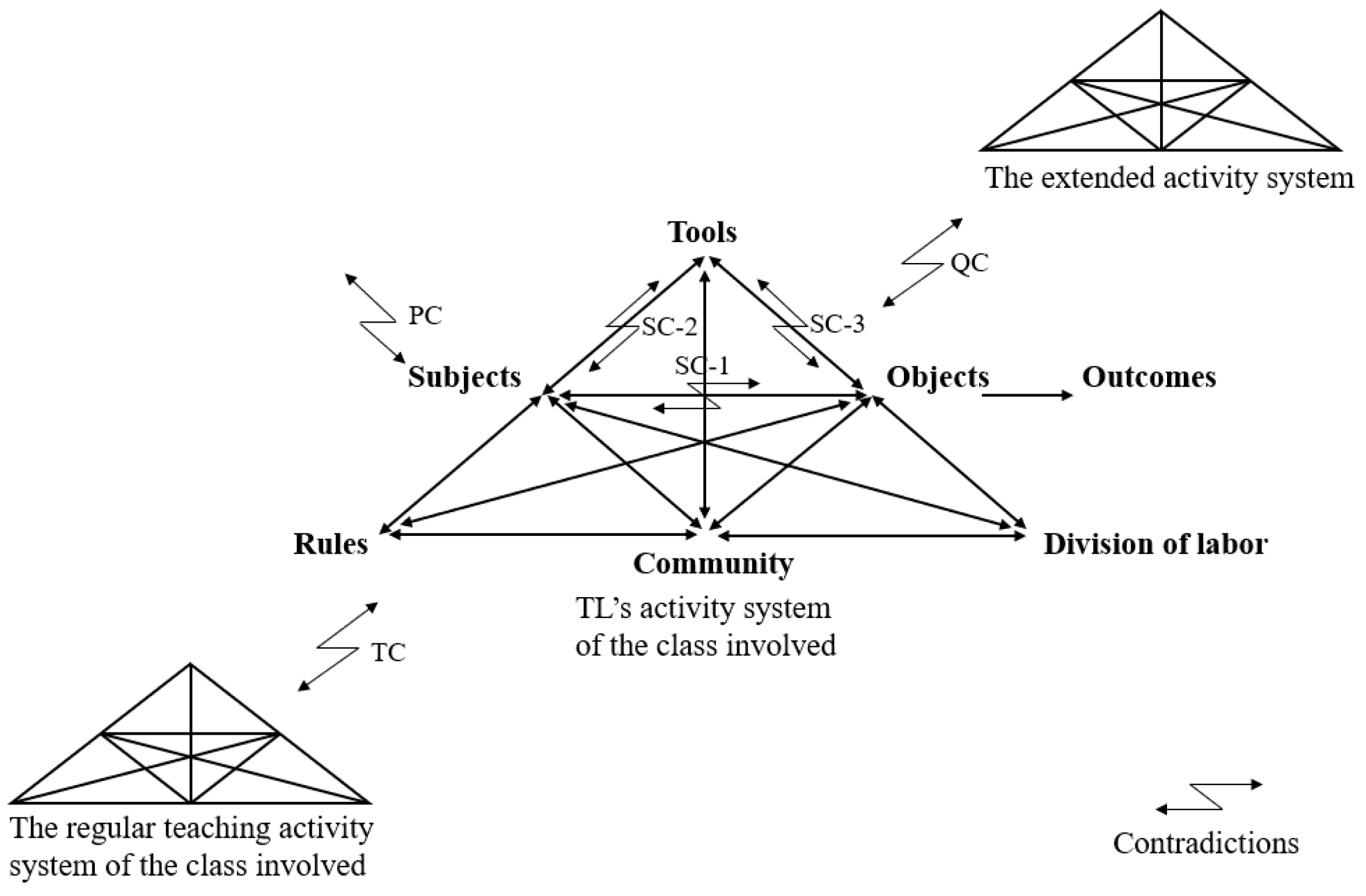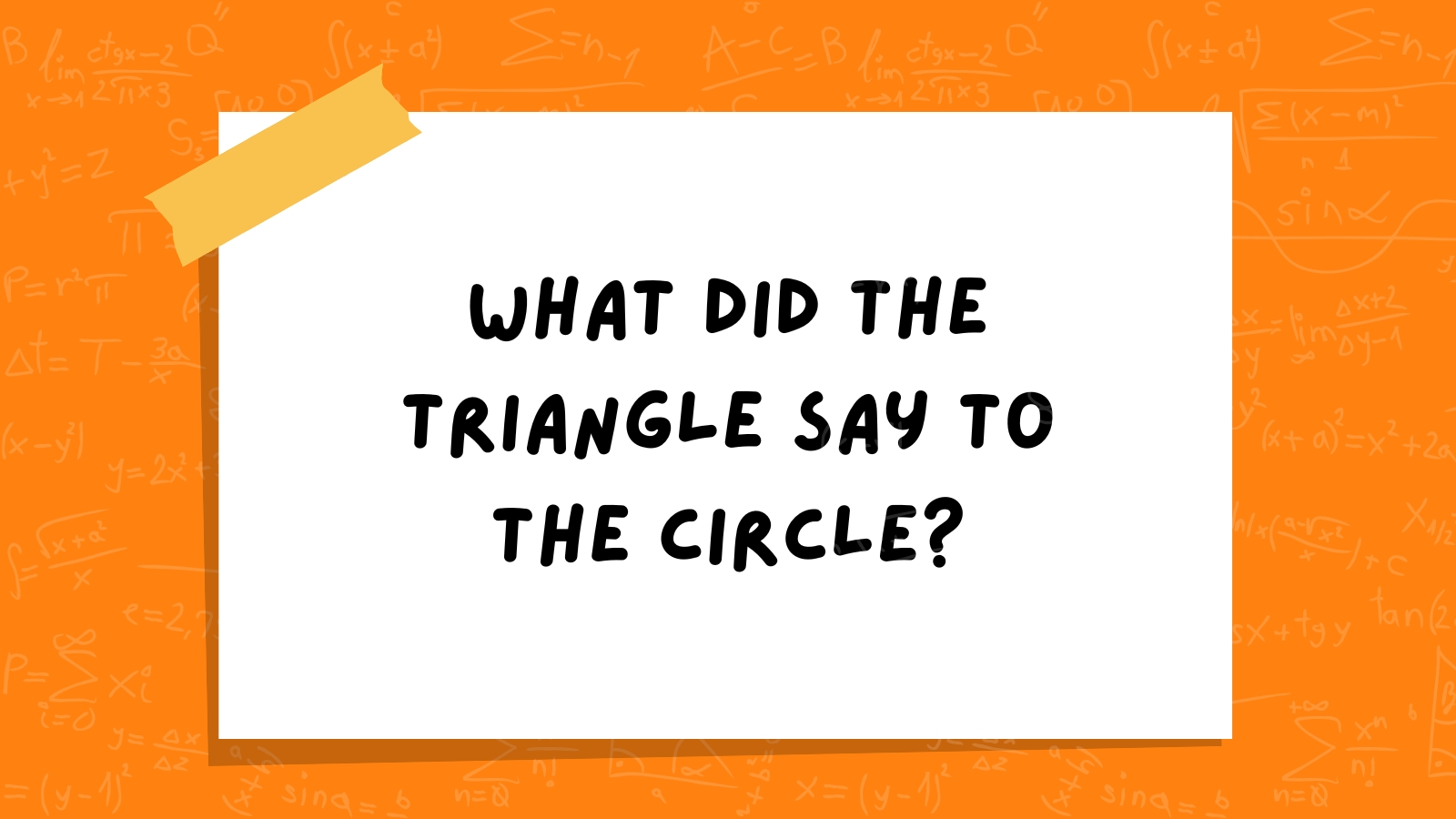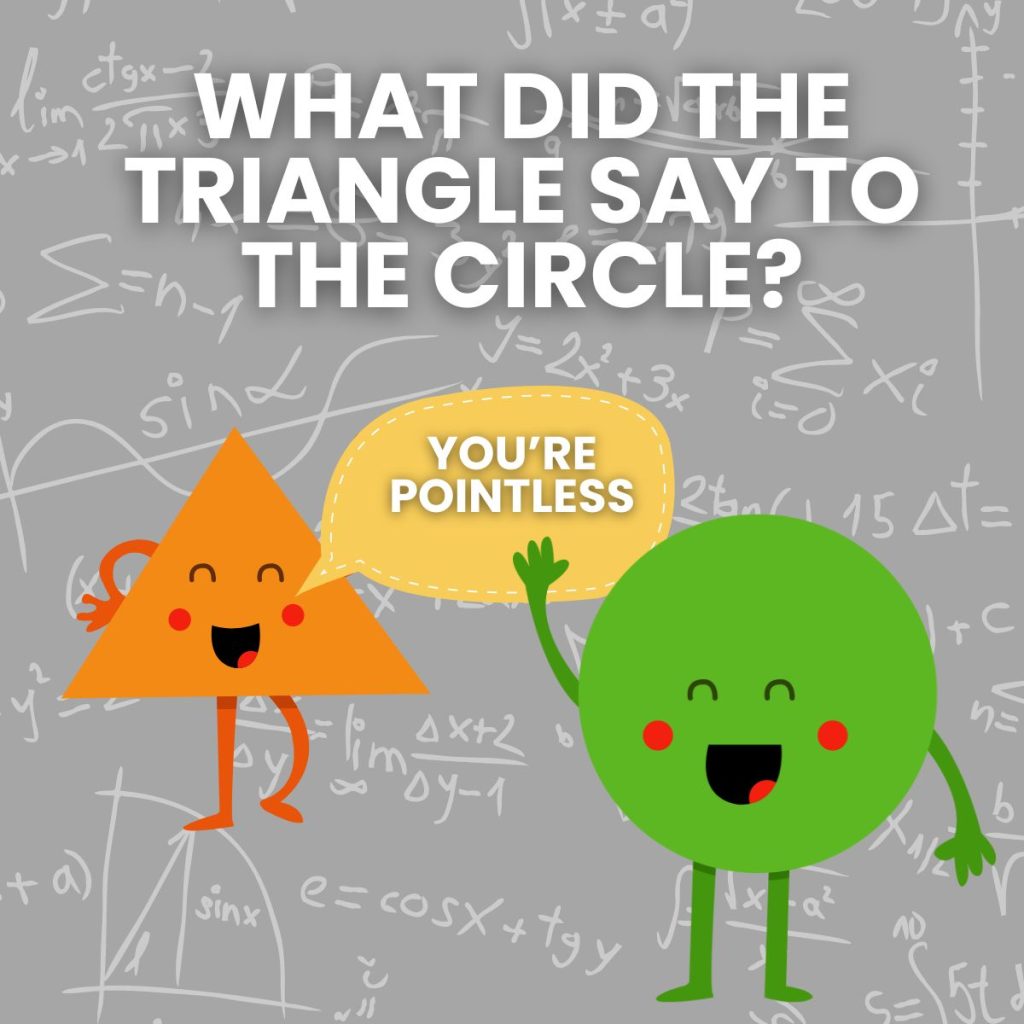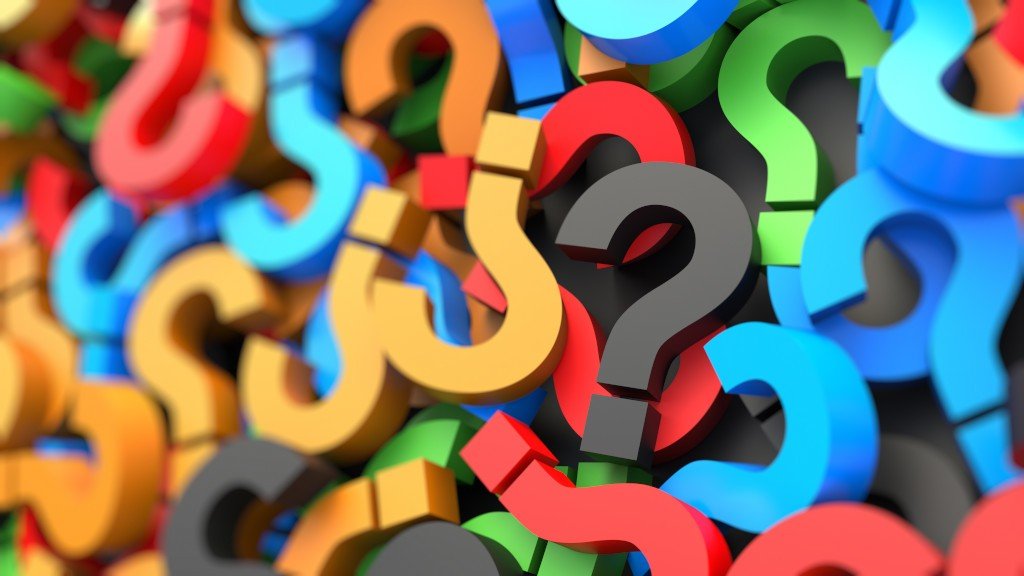As a geometry teacher, creating an engaging and stimulating environment is crucial to enhancing students’ learning experiences. One of the often-overlooked aspects of classroom decor is the floor. In this article, we’ll explore various creative and educational ideas for floor decorations that geometry teachers can employ to make their classrooms more interactive and inviting.
The Importance of a Well-Decorated Classroom
Classroom decor is more than just aesthetics; it plays a significant role in student engagement and learning. Research indicates that a well-designed learning environment can improve student performance, behavior, and overall satisfaction.
Benefits of a Thoughtfully Designed Floor Space
- Encourages Interaction: Floor decorations can initiate discussions and collaborative activities among students.
- Visual Learning: Many students are visual learners, and floor designs can help them understand complex geometric concepts better.
- Creates a Positive Atmosphere: A bright and interesting classroom can uplift students’ moods and motivate them to learn.
Common Floor Decorations for Geometry Classrooms
Now that we understand the importance of classroom decoration, let’s dive into some popular floor decoration ideas specifically tailored for geometry teachers.
1. Geometric Patterns
One of the most straightforward and effective ways to decorate a geometry classroom floor is by using geometric patterns. These can be applied using paint, tiles, or removable stickers.
- Benefits: Geometric patterns reinforce the subject matter visually, making it relatable and fun for students.
- Examples: Triangles, squares, hexagons, and fractals drawn or placed on the floor can serve as reference points during lessons.
2. Number Lines and Coordinate Grids
Having a long number line or a coordinate grid stretched across the classroom floor can serve multiple educational purposes.
- Benefits: Provides a physical reference for teaching concepts like distance and slope, making them more tangible.
- Examples: Students can physically walk along the number line or coordinate points during lessons to visualize mathematical concepts.

3. Geometry-Themed Area Rugs
Area rugs with geometry themes can add a splash of color and comfort to the classroom while also being educational.
- Benefits: Creates a cozy space for group work or independent study while reinforcing geometric concepts.
- Examples: Rugs in shapes of geometric figures or with images of geometric tools (like compasses and protractors).
Comparison Table: Floor Decoration Ideas
| Decoration Type | Visual Appeal | Educational Value | Cost |
|---|---|---|---|
| Geometric Patterns | High | High | Medium |
| Number Lines | Medium | High | Low |
| Area Rugs | High | Medium | High |

Personal Experience: My Journey with Classroom Decoration
In my early years as a geometry teacher, I realized that a blank, dull floor did little to excite my students about learning. One year, I decided to invest time into decorating my classroom floor with a massive coordinate grid that spanned nearly the entire room. The transformation was remarkable—students began to reference the grid during discussions and actively participated in lessons. It not only made math more fun but also helped those who struggled with visualizing concepts grasp them more easily.
4. Interactive Floor Games
Why not turn the classroom floor into an interactive game board? Floor games that involve movement can transform geometry lessons into exciting activities.
- Benefits: Engages students through movement, which can enhance memory retention.
- Examples: A life-sized chessboard where each piece represents different geometric shapes or concepts.

5. Floor Mosaics
Create beautiful floor mosaics using colored tiles or paint. This approach not only beautifies your classroom but also enhances creativity.
- Benefits: Combines art with geometry, fostering a sense of creativity and appreciation for the subject.
- Examples: Mosaics that represent famous geometric theorems or mathematicians.
Pros and Cons of Floor Decorations
| Pros | Cons |
|---|---|
| Enhances student engagement | Initial cost of decorations |
| Supports visual learning | Maintenance of decorations |
| Creativity in classroom design | Requires planning and design skills |

Inspiration From Other Geometry Teachers
Many geometry teachers have shared their creative floor decoration ideas online. Here are a few inspirations:
Use of Color-Coded Shapes
Some teachers color-code various geometric shapes on the floor to help students quickly identify different figures during lessons. This approach not only looks appealing but also aids in quick recognition.
3D Shapes on the Floor
Teachers have created 3D shapes on the floor using various materials, encouraging students to interact with these shapes physically. This hands-on experience can significantly enhance their understanding.

Helpful Tips for Implementing Floor Decorations
Here are several practical tips to help you get started with your classroom floor decorations:
Plan Your Layout
Before you start decorating, plan your classroom layout. Consider where students will sit and where high-traffic areas are. This will inform your design choices.
Choose Durable Materials
Since the classroom floor experiences a lot of foot traffic, opt for durable materials that can withstand wear and tear.

Incorporate Student Input
Involving students in the decorating process can increase their investment in the classroom’s appearance and create a sense of ownership.
FAQs About Geometry Floor Decorations
1. What materials can I use for floor decorations?
You can use paints, stickers, removable tiles, area rugs, and even interactive mats designed specifically for educational purposes.
2. How can I ensure the decorations are durable?
Choose high-quality materials that are easy to clean and maintain. It’s also vital to adhere to safety guidelines to prevent slips and falls.
3. Can I involve students in the decoration process?
Absolutely! Engaging students in creating decorations can be a fun project and also fosters teamwork and creativity.
4. How do I budget for classroom decorations?
Start by determining the areas you want to focus on and set a budget for each section. Look for sales or bulk purchase options to save costs.
5. What if I lack budget for commercial decorations?
You can create DIY decorations using cardboard, paint, and recycled materials. Creativity can stretch a limited budget.
Conclusion
Decorating the floor of a geometry classroom can serve as an excellent way to enhance the learning experience for students. By integrating geometric patterns, interactive elements, and creative art, you can create an environment that promotes engagement and understanding. Remember, the key is to balance aesthetics with educational value, ensuring that your classroom truly reflects the dynamic world of geometry. Happy decorating!